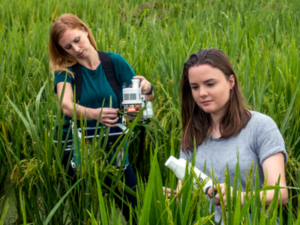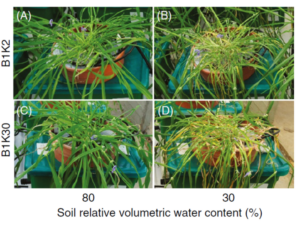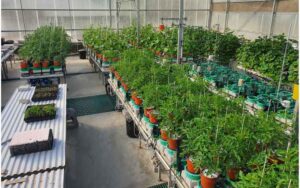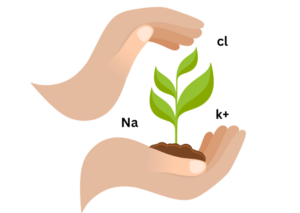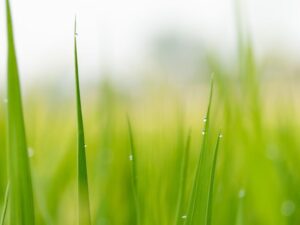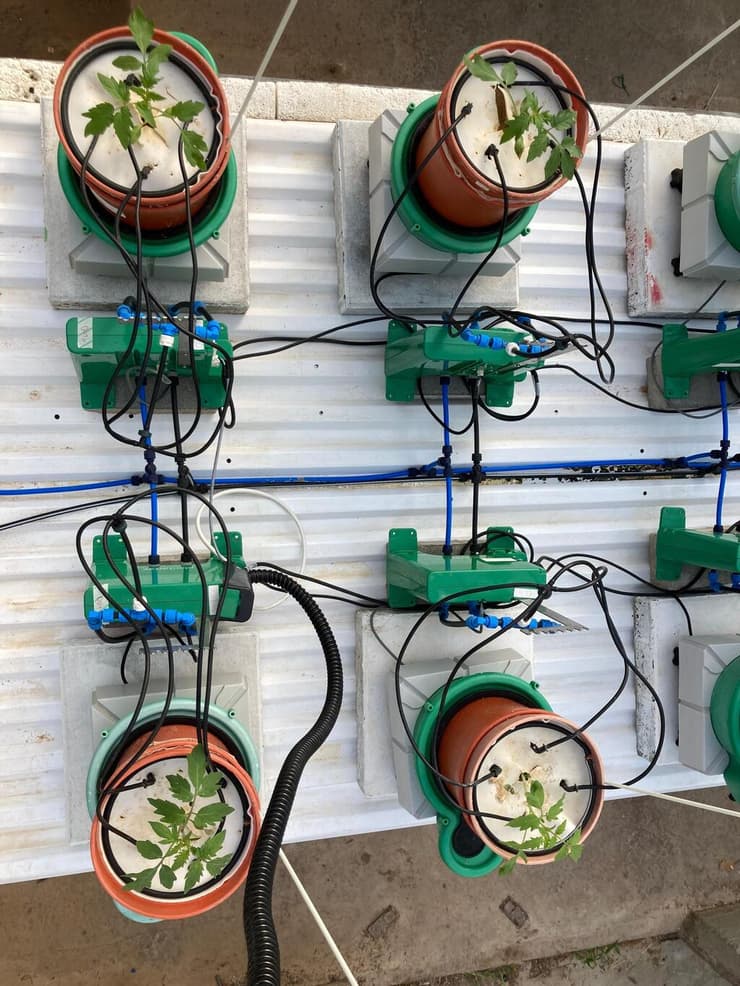By Yogev Israeli
Researchers from the Hebrew University of Jerusalem have discovered an innovative method for the early detection of plant diseases by measuring water evaporation from leaves. This method made it possible to detect infection in tomato plants before symptoms appeared.
Between 1846 and 1849, Ireland experienced a severe famine caused by a disease that destroyed the potato crop, the mainstay of the population. The “Great Potato Famine” had a short-term, deadly impact, along with long-term changes in Irish culture and local traditions that continue to this day. This event is a vivid example of how a disease that affects the crops on which a human population relies can lead to far-reaching effects, including death and displacement from one country to another.
Now, nearly 180 years after that event, researchers at the Hebrew University of Jerusalem have developed an innovative method for early detection of Fusarium wilt in tomatoes, by monitoring subtle changes in the plant’s water use. The study, published in the journal Plant Disease, demonstrates that measuring physiological traits such as transpiration rate allows the disease to be identified weeks before visual signs appear.
According to the researchers, this breakthrough offers a sensitive and quantitative approach to assessing disease severity, pathogen virulence, and plant susceptibility – a powerful tool for researchers and growers interested in reducing crop losses while promoting sustainable agriculture.
The study, led by doctoral student Shani Friedman, under the supervision of Prof. Menachem Moshelion and with the participation of Dr. Shay Covo and Prof. Shaul Boardman from the Faculty of Agriculture, Food and Environment of the Hebrew University of Jerusalem, presents a new approach for early detection of Fusarium wilt in tomatoes – long before visual symptoms can be seen. Its findings represent a significant advance in the field of plant science and offer an accurate and measurable method for improving disease detection and understanding of infection mechanisms in plants.
Tomato plant affected by Fusarium wilt (Photo: Victor M. Vicente Selvas, Wikipedia)
Fusarium wilt is a devastating disease caused by the fungus Fusarium oxysporum. This disease causes severe economic losses in crops worldwide. Until now, detection of the disease has relied primarily on visual observation – a subjective method that is often performed after irreversible damage has already been done to the crop.
Young tomato plants exhibiting wilt disease caused by the fungus Fusarium, illustrating the visible symptoms and highlighting their subjective interpretation (Photo: Shani Friedman, Hebrew University of Jerusalem)
In the current study, the researchers used advanced lysimeter technology (a scientific tool for measuring water balance in plants and soil) within a high-throughput phenotyping system to measure the rate of sap flow and changes in plant mass over time – the PlantArray system.
The measurements were performed in a semi-controlled greenhouse environment. To their surprise, the researchers discovered that the decrease in sap flow occurred days or even weeks before the appearance of visible symptoms. “The study demonstrates that water-related physiological traits such as sap flow are reliable and sensitive indicators of Fusarium infection,” explains Friedman. “We were able to quantitatively measure the plant’s response to the pathogen, long before the traditional visual signs appeared.”
The developed method allows not only early detection, but also a quantitative assessment of the pathogen’s virulence and the variety’s resistance. This way, researchers and agronomists can numerically identify the severity of the infection and compare different tomato varieties in terms of their resistance to the disease.
Tomato plants with the PlantArray system (Photo: Shani Friedman, Hebrew University of Jerusalem)
Dr. Kobo, a senior research associate at the Institute of Plant Pathology and Microbiology at the Hebrew University of Jerusalem, emphasized the broad impact of the findings. “This quantitative method opens up new directions for studying plant-pathogen relationships. It allows us to better understand how pathogens affect plants in the early stages of the disease.”
Prof. Moshelion notes that the method’s potential goes beyond tomatoes. “The approach we developed is relevant to many agricultural crops. Early detection through physiological monitoring can significantly reduce crop losses and contribute to sustainable agricultural management.”
Prof. Shiloh Rosenwasser and Matanel Hifesh, from the Faculty of Agriculture, Food and Environment at the Hebrew University of Jerusalem, who were part of the research team, added that “the system was tested not only on tomatoes, but also on potato plants infected with Late Blight – a serious disease caused mainly by potatoes following infection with the phytophthora parasite of the species Phytophthora infestans. This experiment showed similar results, which is evidence that this is a versatile method for studying plant diseases.”


